Savory Pumpkin Rosemary Bread
4.5
(4)
Your folders
Your folders
Servings: 2
Author : thecookbookchronicles

Ingredients
Export 9 ingredients for grocery delivery
Instructions
Step 1
Whisk all the ingredients together and allow it to stand for at room temperature for about 6 hours. The biga will start to ferment and get gassy/bubbly. (Alternatively, you can allow your biga to ferment at room temperature for up to 24 hours.) Reserve 1 1/2 cups biga for the following bread recipe. The remaining biga can be stored in your fridge, covered. You can keep it alive by discarding some of the biga every 2-3 days, and feeding the remaining portion with a little water and bread flour (about equal amounts) and giving it a vigorous stir.
Step 2
In a large mixing bowl, mix together the biga and the pumpkin on low speed. In a small bowl, whisk together the warm water and the yeast. Add the yeast mixture to the pumpkin mixture, and then the sorghum molasses. Mix until thoroughly combined. The consistency will be quite runny.
Step 3
In a large bowl, combine the 00 flour and the bread flour. Add about 3 1/2 cups of flour, to the bowl, continuing to mix with the dough hook on medium-low speed. Slowly, add the remaining flour bit by bit, until the dough comes off the sides and bottom of the mixing bowl, and climbs up the hook. (You might not need all this flour–just continue to add until the dough is no longer sticky to the touch, and comes completely clean from the sides and bottom of the bowl.) This process will take about five minutes. Stop the mixer and scrape down the dough from the hook periodically.
Step 4
The dough at this point should be quite stiff. Continue letting it knead for another three minutes, stopping the mixer and scraping the dough off the hook periodically.
Step 5
With the mixer still kneading, add the salt and the chopped rosemary. When the salt and rosemary look evenly incorporated, scrape the dough off the hook one last time, and allow the dough to rest in the bowl for 20 minutes. Meanwhile, pour 2 tbsp of olive oil into a large bowl. When the dough has rested for 20 minutes, turn the dough out into the bowl, and flip the dough over so it is well-oiled on all surfaces. Cover the bowl with a towel and allow the dough to rest for an hour.
Step 6
After 1 hour, cut the dough in half. (You should be able to see tiny bubbles just starting to form.) Working with half the dough, stretch it lightly with your fingers–you can hold it up on one side in the air and just let gravity stretch the dough for you. Fold the dough in half. Flatten and shape the dough into a rough rectangular shape, then roll it up like a cinnamon roll. Tuck the ends of the dough neatly underneath and use your fingers to pinch the seam close. Your dough should now resemble a fat baguette.
Step 7
Generously flour a baking sheet with 1/3 cup of flour. Transfer the log of dough on top of the flour, then sprinkle some of the flour over the entire surface of the dough. (Repeat the stretch, fold, and roll with the 2nd half of the dough, and transfer it to the baking sheet. Sprinkle with flour on all sides.)
Step 8
Space the loaves so they have room to rise. Cover with a towel, and allow the dough to rise for 2-3 hours. At this point, the dough should be nicely puffed but not quite doubled in size. Spritz the tops lightly with water.
Step 9
Preheat the oven to 425 degrees. Place a pan of water on the bottom rack. (If using baking stone, let it warm up in the oven.)Bake the bread directly on the baking sheet for about 50 minutes, (Or if using, transfer the dough to a baking stone.) After 50 minutes, the crust should be browned and crisp. When you pick up the loaf, give it a light thump on the bottom. It should should hollow.
Step 10
Allow the bread to cool before slicing and tasting.
Top similar recipes
Curated for youYour folders

 181 views
181 viewsSavory Pumpkin Casserole
lowcarbyum.com
5.0
(24)
30 minutes
Your folders

 375 views
375 viewsSavory Pumpkin Ravioli
kingarthurbaking.com
5.0
(4)
Your folders

 229 views
229 viewsSavory Stuffed Pumpkin
littlehousebigalaska.com
4.7
(17)
1 hours
Your folders

 237 views
237 viewsRosemary Pumpkin Biscuits
connoisseurusveg.com
5.0
(1)
14 minutes
Your folders

 172 views
172 viewsSavory Rosemary and Spice Nuts
greateightfriends.com
5.0
(5)
20 minutes
Your folders
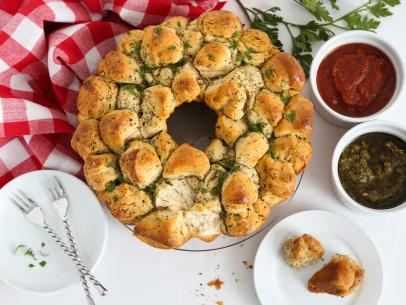
 335 views
335 viewsSavory Monkey Bread
foodnetwork.com
10 minutes
Your folders
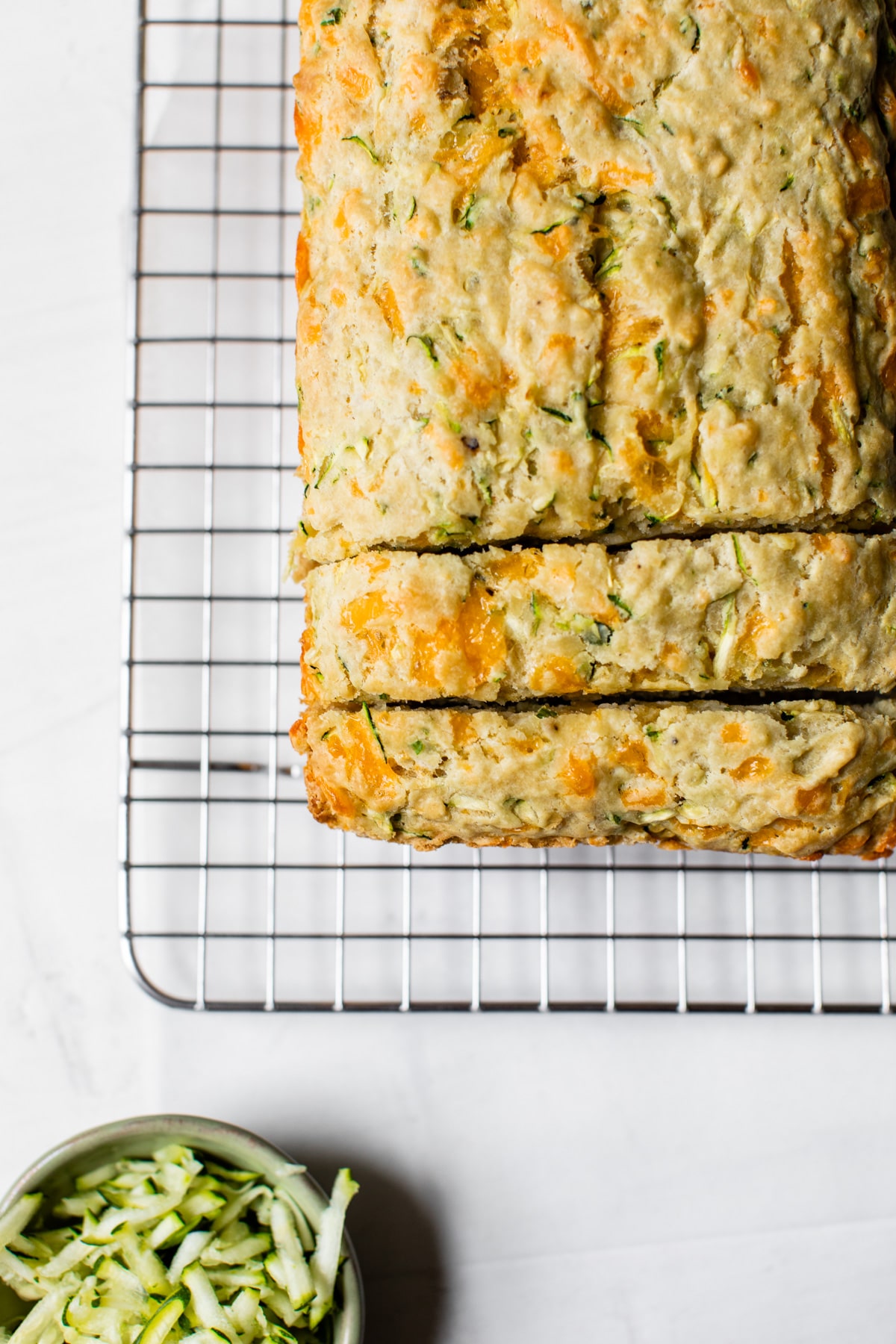
 439 views
439 viewsSavory Zucchini Bread
thealmondeater.com
5.0
(2)
50 minutes
Your folders

 329 views
329 viewsSavory Bread Pudding
kingarthurbaking.com
4.6
(5)
1 hours, 5 minutes
Your folders

 353 views
353 viewsSavory Charcuterie Bread
myrecipes.com
Your folders

 201 views
201 viewsSavory bread pudding
today.com
5.0
(1)
Your folders
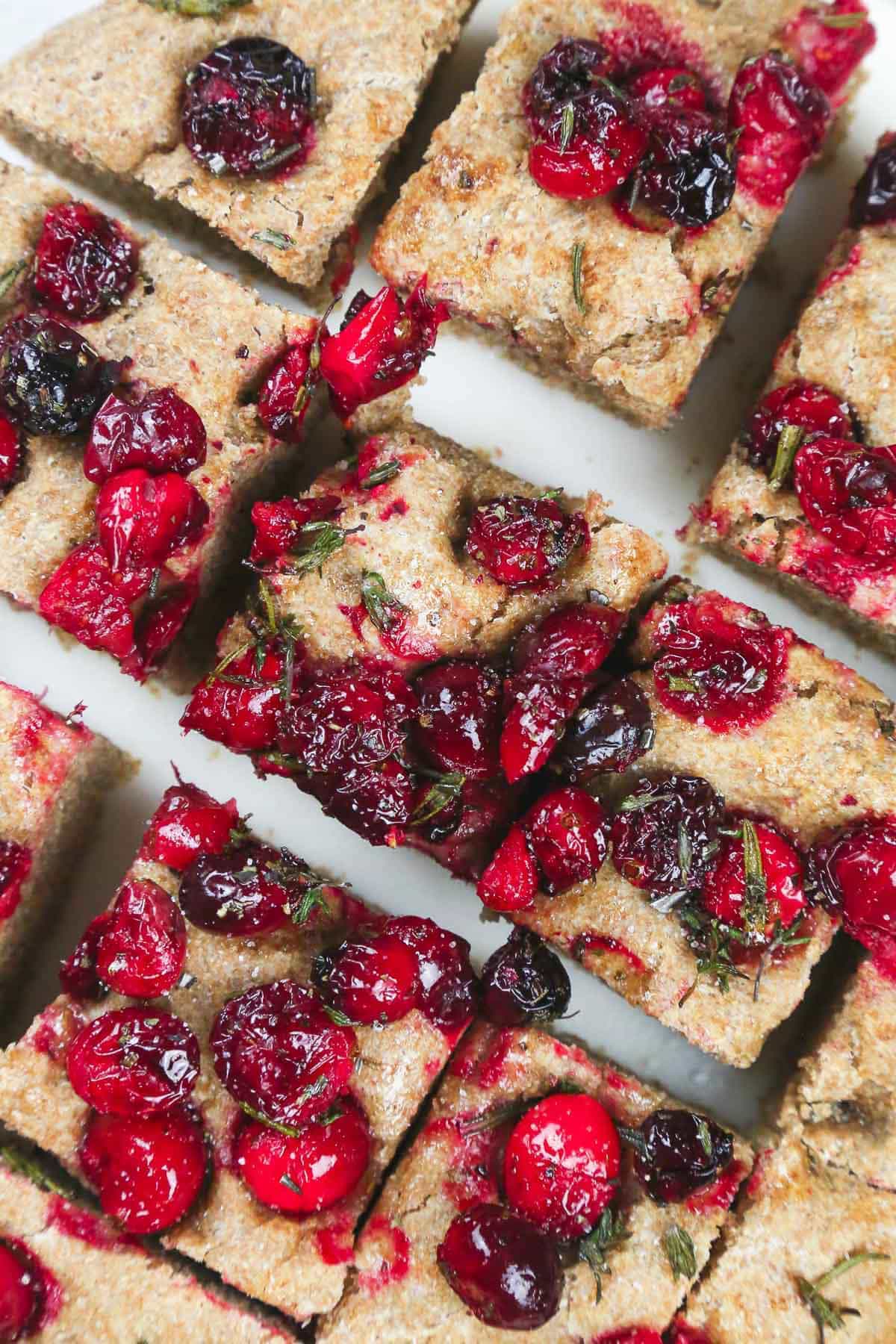
 176 views
176 viewsSavory Cranberry Bread
littlesunnykitchen.com
5.0
(1)
30 minutes
Your folders

 208 views
208 viewsSavory Party Bread
tasteofhome.com
4.9
(79)
25 minutes
Your folders
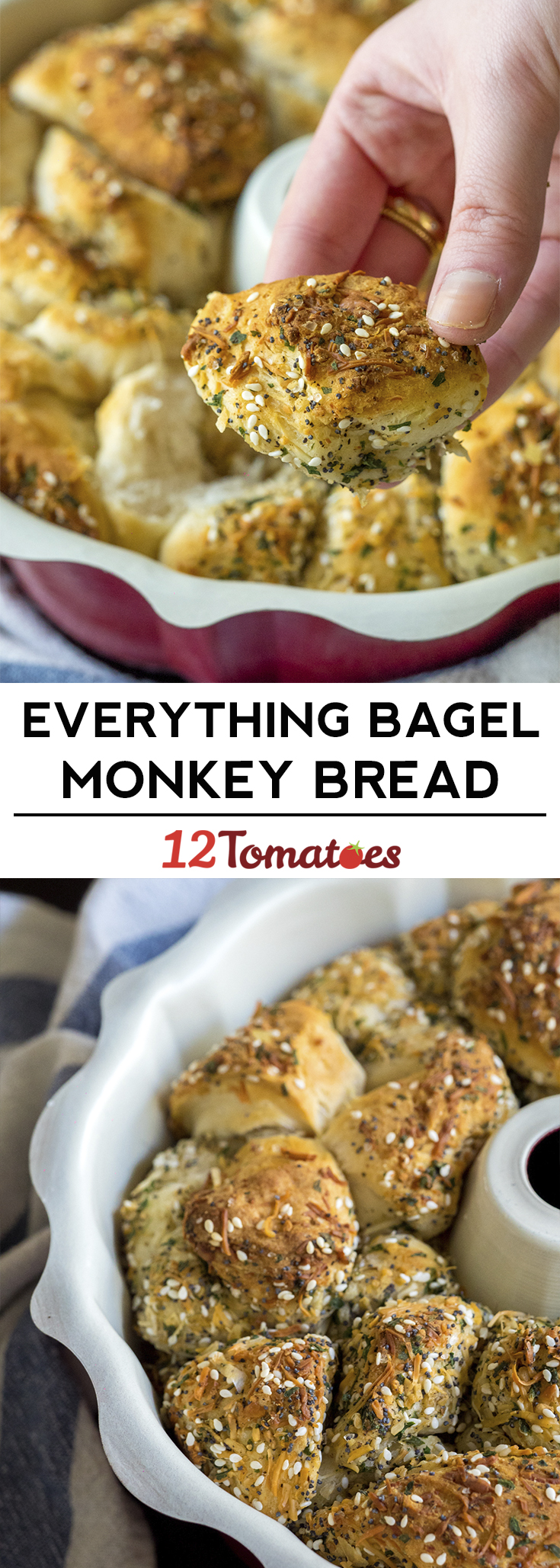
 298 views
298 viewsSavory Monkey Bread
12tomatoes.com
4.1
(70)
Your folders
 227 views
227 viewsSavory Bread Pudding
foodnetwork.com
4.0
(6)
25 minutes
Your folders

 532 views
532 viewsRosemary Focaccia Bread
loveandlemons.com
5.0
(25)
100 minutes
Your folders

 751 views
751 viewsJo's Rosemary Bread
allrecipes.com
40 minutes
Your folders

 631 views
631 viewsRosemary Focaccia Bread
gimmesomeoven.com
4.9
(203)
20 minutes
Your folders
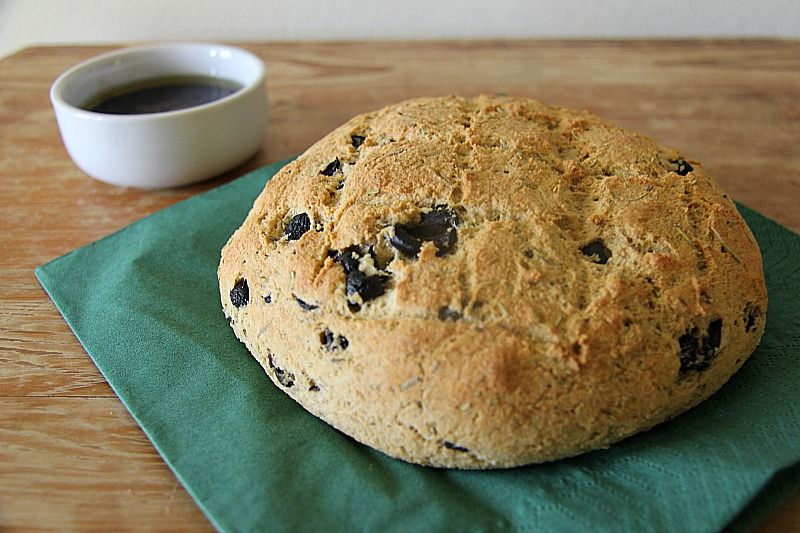
 272 views
272 viewsRosemary Olive Bread
divaliciousrecipes.com
4.8
(16)
35 minutes
Your folders

 242 views
242 viewsOlive-Rosemary Bread
americastestkitchen.com
5.0
(2)